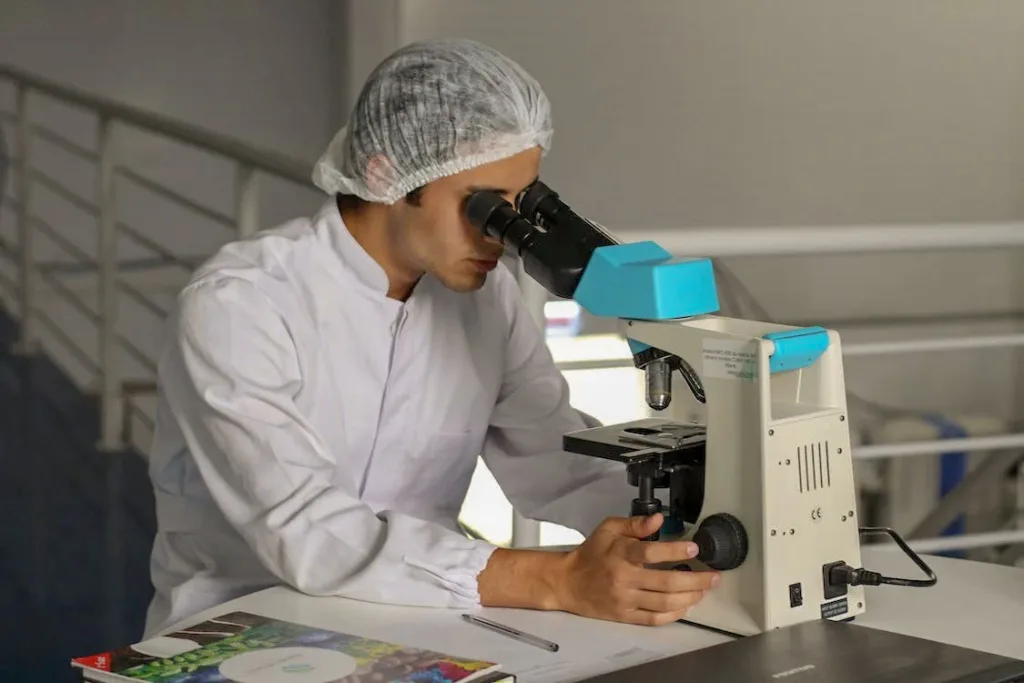Table of Contents
Introduction to Evolution of Sports Science
Sports science has undergone a remarkable evolution, driven by a relentless pursuit of excellence and a deepening understanding of human performance. This article delves into the dynamic landscape of sports science, tracing its evolution through groundbreaking innovations and transformative breakthroughs. From the early pioneers of exercise physiology to the cutting-edge technologies shaping the field today, we explore the myriad ways in which sports science continues to push the boundaries of human potential.
The Birth of Sports Science: Pioneering Insights and Milestones
Early Discoveries in Exercise Physiology

The roots of sports science can be traced back to the late 19th century, with the pioneering work of scientists such as Dr. Edward Hitchcock and Dr. Francis Gano Benedict. Through meticulous experimentation and observation, these early researchers laid the groundwork for our understanding of human physiology and its response to exercise. Their insights into the mechanisms of muscular contraction, oxygen consumption, and energy metabolism paved the way for future advancements in the evolution of sports science.
Emergence of Sports Psychology
In parallel to developments in exercise physiology, the field of sports psychology began to take shape in the early 20th century. Psychologists like Coleman Griffith and Norman Triplett explored the psychological factors influencing athletic performance, heralding a new era of research into the mind-body connection in sports. Their pioneering studies laid the foundation for modern sports psychology, which encompasses topics ranging from motivation and goal-setting to visualization and mental toughness.
Technological Innovations: Revolutionizing Training and Performance Analysis
Wearable Technology and Biomechanical Analysis
Advancements in wearable technology have transformed the way athletes train and compete, providing real-time feedback on performance metrics such as heart rate, movement patterns, and biomechanics. Devices like accelerometers, gyroscopes, and force sensors enable precise biomechanical analysis, allowing coaches and athletes to optimize technique, prevent injuries, and enhance performance. From elite athletes to weekend warriors, wearable technology has become an indispensable tool in the arsenal of sports scientists and coaches.

Data Analytics and Performance Tracking
The proliferation of data analytics has revolutionized the way sports teams analyze and optimize performance. Through the use of sophisticated algorithms and machine learning techniques, coaches and analysts can extract actionable insights from vast amounts of data, ranging from player statistics to game footage. By identifying patterns, trends, and correlations, teams can fine-tune strategies, identify areas for improvement, and gain a competitive edge on the field. From player recruitment to in-game decision-making, data analytics has become an integral part of modern sports science.
Integrative Approaches: Holistic Perspectives on Health and Performance
Sports Nutrition and Dietary Strategies
Nutrition plays a pivotal role in athletic performance, fueling the body for optimal training and competition. Sports nutritionists work closely with athletes to develop personalized dietary plans tailored to their individual needs and goals. From macronutrient ratios to micronutrient supplementation, nutritionists optimize fueling strategies to maximize energy levels, enhance recovery, and promote overall health. As our understanding of the complex interplay between diet and performance continues to evolve, sports nutrition remains a cornerstone of sports science.
Injury Prevention and Rehabilitation
Injuries are an unfortunate reality in sports, often sidelining athletes and impeding performance. Sports scientists and physiotherapists employ a multifaceted approach to injury prevention and rehabilitation, encompassing strength training, flexibility exercises, biomechanical analysis, and corrective techniques. By addressing muscular imbalances, movement dysfunctions, and biomechanical inefficiencies, practitioners help athletes mitigate injury risk, expedite recovery, and return to play at peak performance. Through evidence-based interventions and innovative therapies, sports science continues to push the boundaries of injury prevention and rehabilitation. the evolution of sports science will assist with technological advances to prevent or minimize injuries to athletes’.
Conclusion
In conclusion, the evolution of sports science has been characterized by a relentless pursuit of innovation and a commitment to excellence. From the pioneering insights of early exercise physiologists to the cutting-edge technologies of today, sports science has revolutionized the way we train, compete, and perform. By leveraging technological advancements, adopting integrative approaches, and pushing the boundaries of human potential, sports scientists continue to shape the future of athletic performance. As we look ahead, the evolution of sports science promises to unlock new frontiers in human achievement, driving innovation and excellence in sports and beyond.
You can find additional resource here.
You can learn more about LEADERSHIP LESSONS FROM SPORTS by following link here.


1 thought on “Exploring the Evolution of Sports Science: Innovations and Breakthroughs”